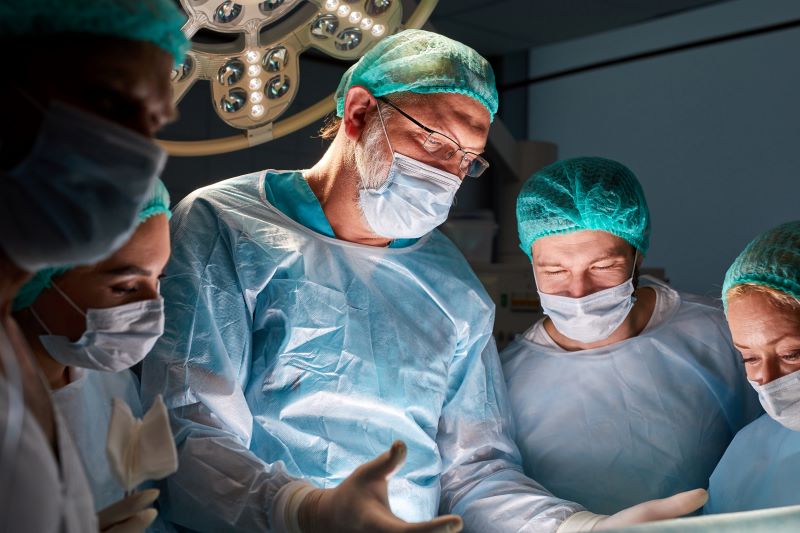
Development of 3D Simulators for Penile Prosthesis Surgery

Surgical education traditionally follows the “see one, do one, teach one” model, but this limits training opportunities to those presented by required patient surgeries. Improving surgical training, especially for penile prosthesis surgery, is important because there are limited working hours and high operating room costs. Current training methods are hindered by a limited number of accredited courses and a lack of suitable simulators or models. Cadaver labs are the primary training facilities, but these too are limited and costly.
Fortunately, 3D printing technology offers a promising alternative, providing realistic models for preoperative planning and surgical simulations. These models improve accuracy, reduce costs, and allow trainees to practice outside the operating room. The University of Rochester has developed a 3D-printed hydrogel penis model that mimics real tissue and includes all relevant anatomical structures, providing an effective and economical training tool. Therefore, the authors of a new study aimed to validate this model for penile prosthesis surgery training, so as to offer a preparatory step before cadaveric labs.
To test the new 3D model for penile prosthesis surgery training, the researchers compared it to the cadaveric model in three stages. Experienced penile surgeons from three European centers of excellence investigated the “verification” and “validation” of the model, which was produced by an independent company for the European Society for Sexual Medicine. Verification ensures the model matches actual anatomy, while validation checks if it meets training needs.
In the first stage, two andrologists verified the prototype against a cadaveric pelvis, and suggested possible improvements. In the second stage, three experts rated the improved model’s accuracy and teaching suitability using a five-point Likert scale. In the third stage, experts in Belgium, the Netherlands, and Italy used the model for simulated surgeries and provided feedback, using a modified questionnaire and the Rochester evaluation scale, (a tool developed by the University of Rochester’s Simulation Innovation Lab to assess the effectiveness and accuracy of surgical training models).
In the end, the experts found the 3D model to be a valuable and cost-effective training tool, noting it was easier to access and ethically preferable compared to cadaver models. However, they suggested improvements for certain anatomical details. The study showed a high correlation between the different methods’ evaluation results, supporting the 3D model’s effectiveness for surgical training.
While the 3D model offers ethical, cost-effective, and environmentally friendly training, improvements are needed for some anatomical details. Furthermore, the study had some limitations, including a small number of experts and lack of specific guidelines. According to the authors, future steps should involve clinical validation and developing models for other surgeries. Still, they assert that 3D models can enhance training, improve patient safety, and reduce costs.
References:
- Reisman, Y., Van Renterghem, K., Meijer, B., Ricapito, A., Fode, M., & Bettocchi, C. (2024). Development and validation of 3-dimensional simulators for penile prosthesis surgery. The Journal of Sexual Medicine, 21(5), 494–499. https://doi.org/10.1093/jsxmed/qdae020




